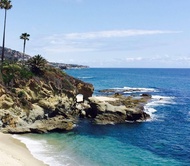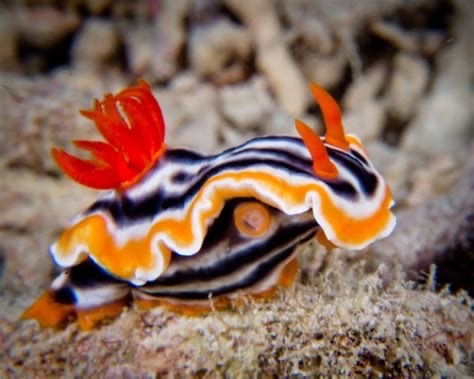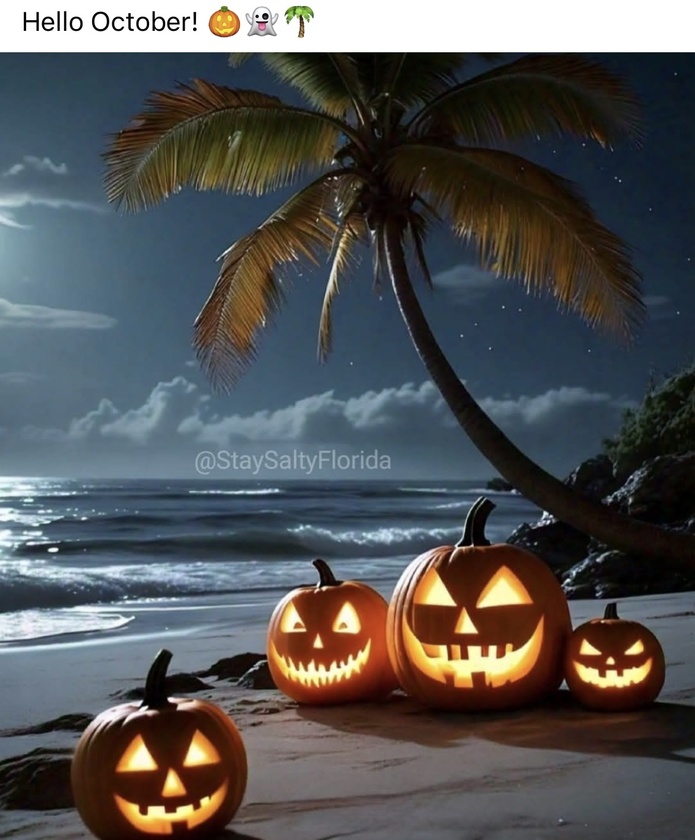
Have you seen a Nudi before?
Enchanting to both SCUBA Divers and scientists, colorful Nudibranch (pronounced "nooda-bronk" and including Nudibranchia, suborders Aeolidida and Doridacea) inhabit the sea floors of oceans all over the world. The unattractively named sea slug comes in a fantastic array of shapes and neon-bright colors that they themselves cannot see.
Fast Facts: Nudibranchs (Sea Slugs)
- Scientific Name: Nudibranchia, suborders Aeolidida and Doridacea
- Common Name: Sea slug
- Basic Animal Group: Invertebrate
- Size: Microscopic to 1.5 feet long
- Weight: Up to just over 3 pounds
- Lifespan: A few weeks to a year
- Diet: Carnivore
- Habitat: On seafloors all over the world, between 30 and 6,500 feet below the water surface
- Population: Unknown
- Conservation Status: Not Evaluated
Nudibranchs are mollusks in the class Gastropoda, which includes snails, slugs, limpets, and sea hairs. Many gastropods have a shell. Nudibranchs have a shell in their larval stage, but it disappears in the adult form. Gastropods also have a foot and all young gastropods undergo a process called torsion in their larval stage. In this process, the entire top of their body twists 180 degrees on their foot. This results in the placement of the gills and anus above the head, and adults that are asymmetrical in form.
The word nudibranch comes from the Latin word nudus (naked) and Greek brankhia (gills), in reference to the gills or gill-like appendages which protrude from the backs of many nudibranchs. They also may have tentacles on their heads that help them smell, taste, and get around. A pair of tentacles called rhinophores on the nudibranch's head have scent receptors that allow the nudibranch to smell its food or other nudibranchs. Because the rhinophores stick out and can be a target for hungry fish, most nudibranchs have the ability to withdraw the rhinophores and hide them in a pocket in their skin if the nudibranch senses danger.
Diet
Most Nudibranchs eat using a radula, a toothed structure that they use to scrape off prey from the rocks they cling to; some suck out the prey after predigesting its tissue with selected enzymes, rather like a wasp. They are carnivorous, so that prey includes sponges, coral, anemones, hydroids, barnacles, fish eggs, sea slugs, and other nudibranchs. Nudibranchs are picky eaters—individual species or families of nudibranchs may eat only one kind of prey. Nudibranchs get their bright colors from the food they eat. These colors may be used for camouflage or to warn predators of the poison that lies within.
The Spanish shawl nudibranch (Flabellina iodinea) feeds on a species of hydroid called Eudendrium ramosum, which possesses a pigment called astaxanthin that gives the nudibranch its brilliant purple, orange, and red coloration.
Some nudibranchs, like the Blue Dragon, create their own food by eating coral with algae. The nudibranch absorbs the algae's chloroplasts (zooxanthellae) into the cerata, which acquire nutrients by photosynthesis using the sun to sustain the nudibranch for months. Others have evolved other ways of farming zooxanthellae, housing them in their digestive gland.
Behavior
The sea slugs can see light and dark, but not their own brilliant coloration, so the colors are not intended to attract mates. With their limited vision, their sense of the world is obtained through their rhinophores (on top of the head) and oral tentacles (near the mouth). Not all nudibranchs are colorful; some use defensive camouflage to match the vegetation and hide, some can change their colors to fit, some hide their bright colors only to bring them out to warn off predators.
Nudibranchs and Humans
Scientists study nudibranchs because of their complex chemical makeup and adaptations. They have rare or novel chemical compounds which possess anti-microbial and anti-parasitic traits which may aid in the fight against cancer.
Threats
These beautiful animals don't live very long; some live up to a year, but some only for a few weeks. The global population of nudibranchs is currently unassessed—researchers are still discovering new ones each year—but field observations such as that conducted by Endangered Species International suggest that many species are becoming rare, due to water pollution, degradation, habitat loss, and biodiversity decline.
https://www.thoughtco.com/all-about-nudibranchs-2291862
#ExploreYourNeighborhood
#OceanLove
#SCUBALife
#SoCalWithSteveO
#SCUBADive
#Nudi
#Nudibranch























